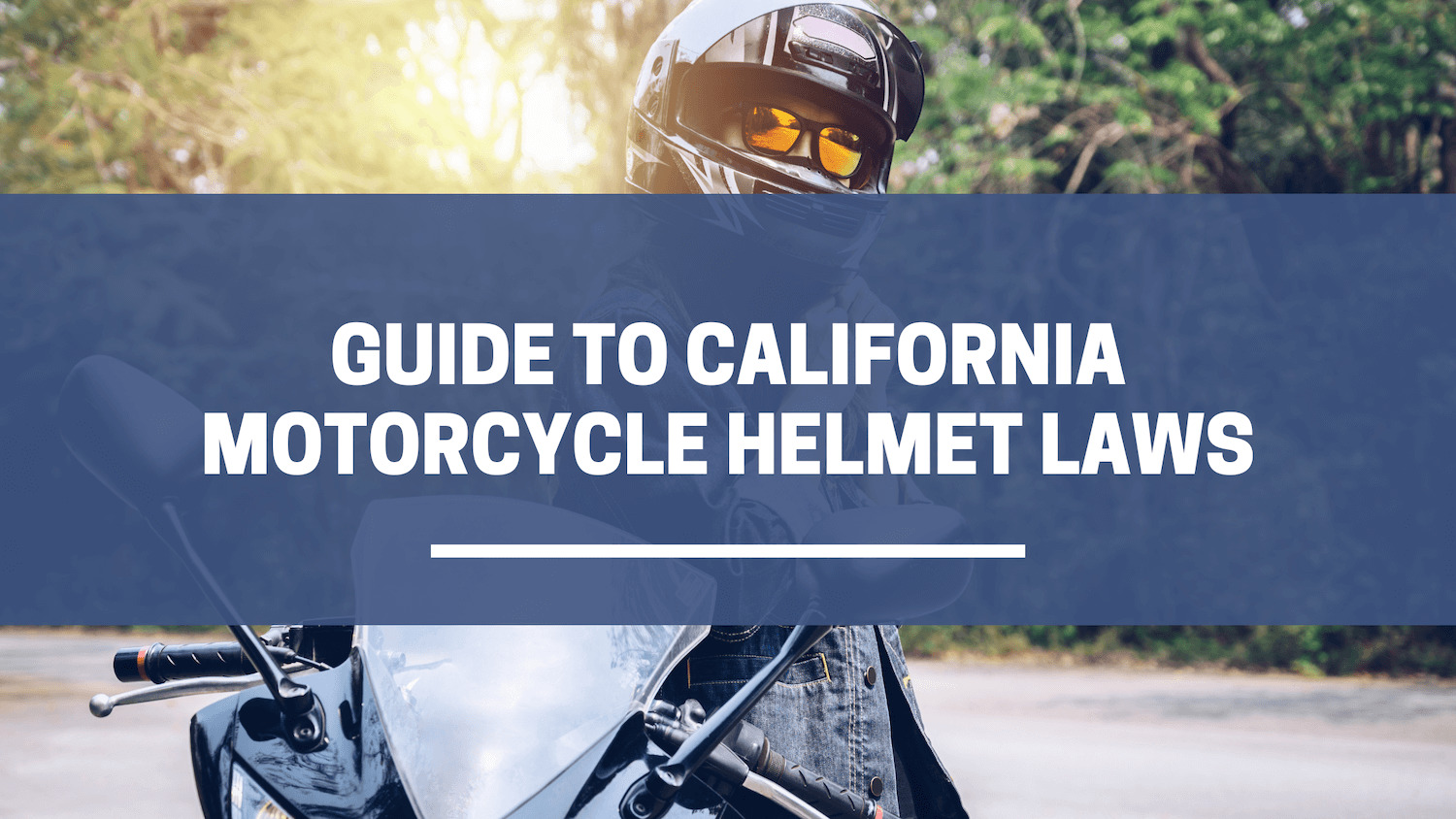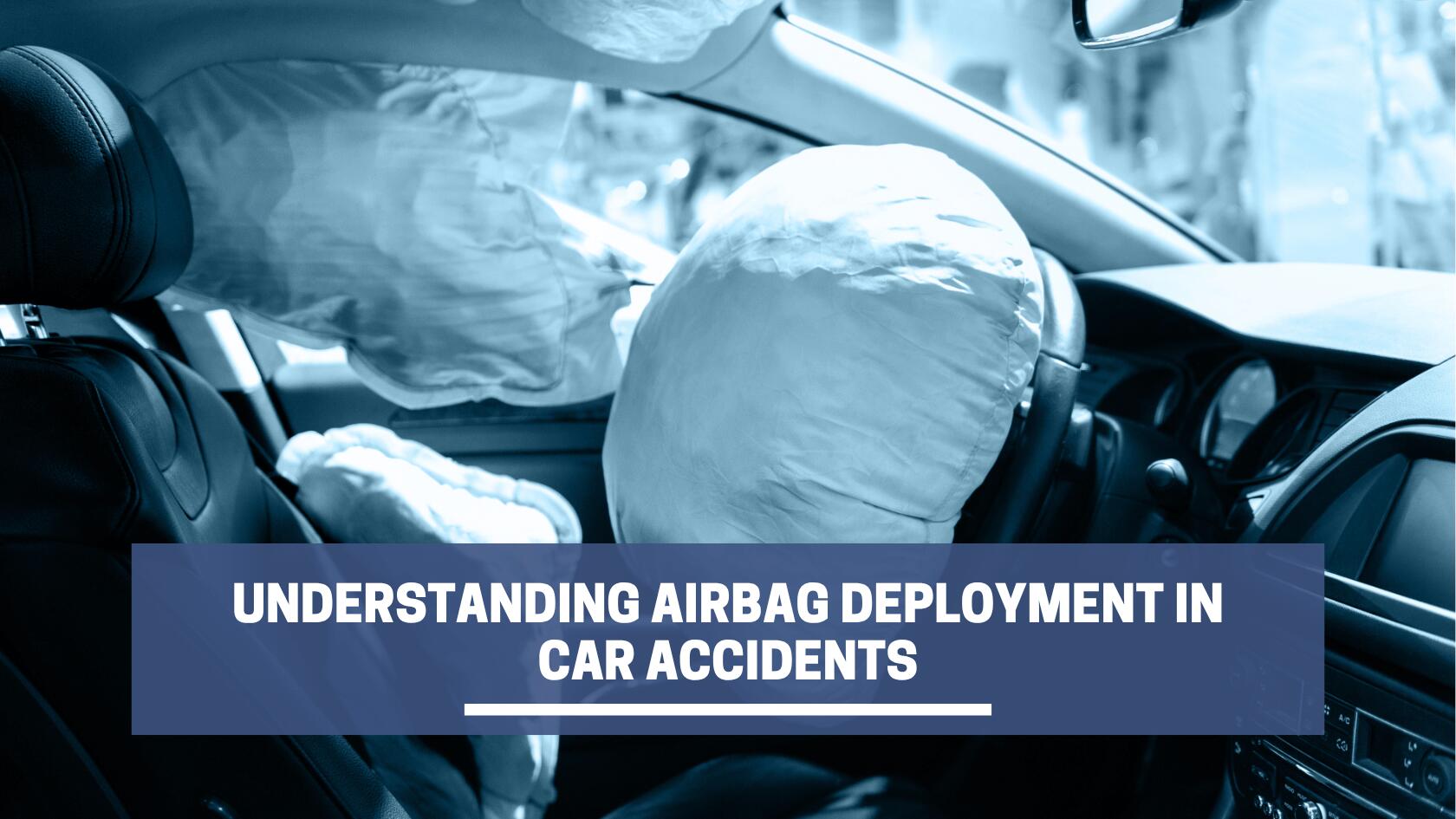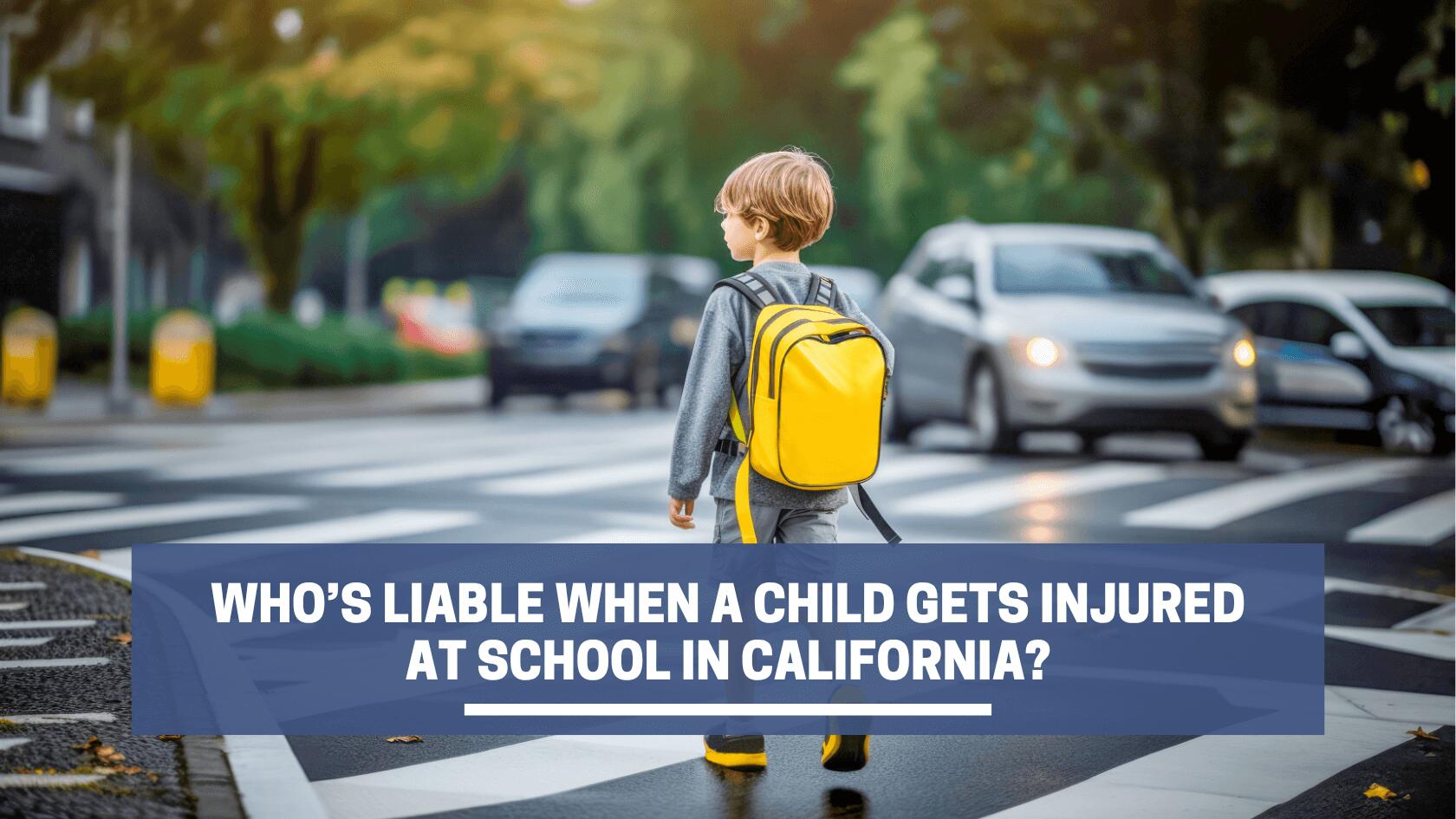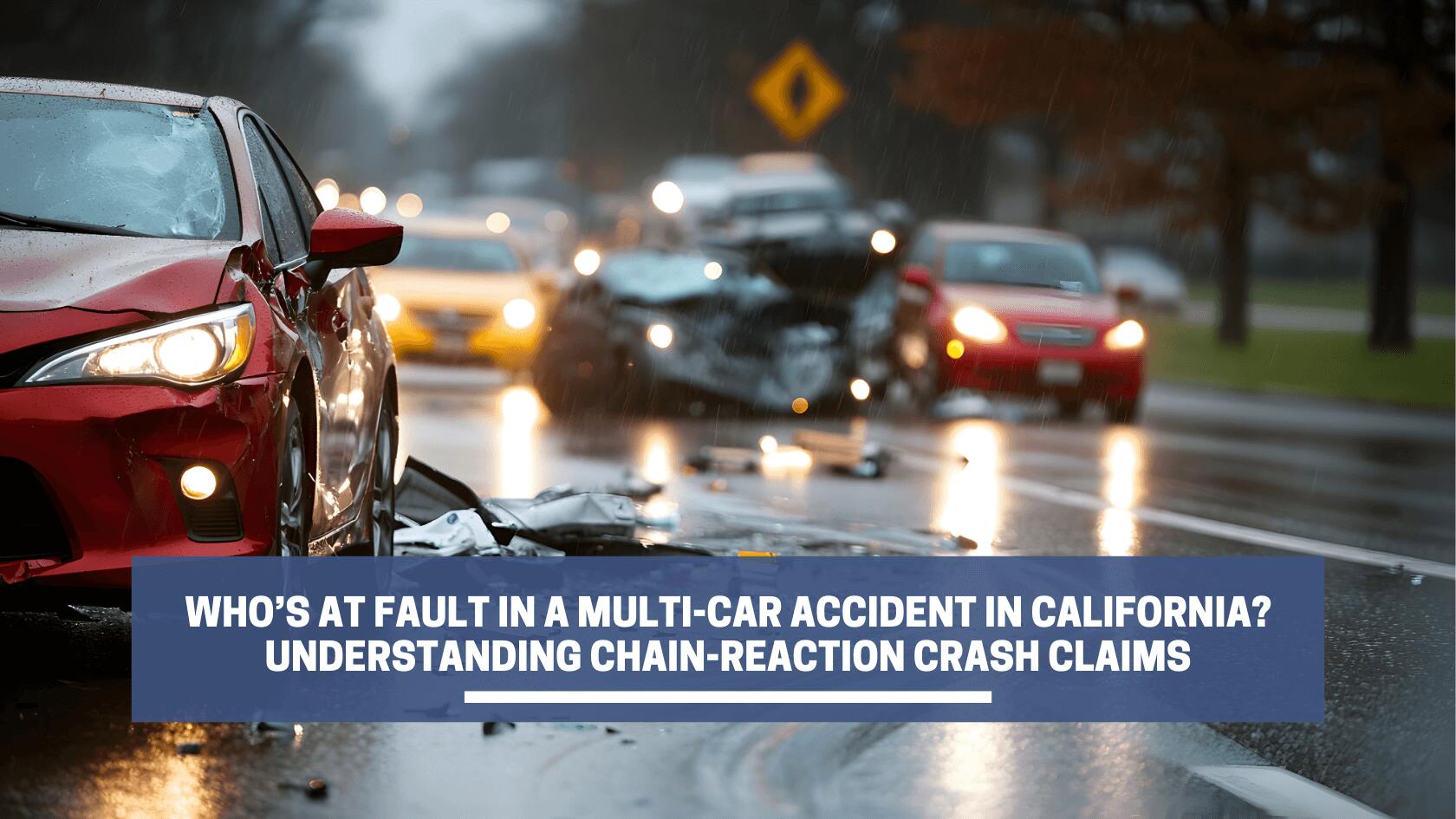Motorcycle riding has risks and considerations that require situational awareness, balance coordination, and protective gear like motorcycle helmets. For instance, California’s CVC §27803 requires motorcycle riders and passengers to wear safety helmets every time they are on the road.
Wearing a helmet is not only required by law but also adds an extra layer of face, eye, and ear protection that helps prevent severe head and brain injuries for riders. Understanding California’s motorcycle helmet laws can ensure you have a safe ride anywhere you go in the Golden State.
When Did California Pass a Motorcycle Helmet Law?
Before 1966, no federal legislation required motorcycle helmets for riders in the U.S. Congress required all states to pass motorcycle helmet safety laws as part of the Highway Safety Act of 1966. The act and its requirements were mandatory for states that wanted to access transportation funds for highway construction.
Those states that did not expand their universal helmet laws faced penalties after the act’s passage. However, the federal penalties were eliminated in 1975, leading many states to change their helmet laws or eliminate them.
California passed a 1985 law that made all motorcycle riders under the age of 15½ have to wear helmets. The state adopted universal helmet laws for motorcycle riders and passengers in 1991. It did not take long to see the effects of California’s motorcycle helmet laws. A year after the passing of the law, fatal motorcycle crashes in the state decreased by 37%, preventing between 92 to 122 deaths.

Why Are Universal Helmet Laws Important?
The Centers for Disease Control (CDC) notes universal motorcycle laws, such as the motorcycle helmet laws in California, boosted the number of helmeted riders. 86.1% of states with universal helmet laws recognized widespread helmet use in 2021, compared to 53.4% without such laws, according to the National Traffic Highway Safety Administration (NHTSA).
Helmets prevent severe head injuries, such as lacerations and traumatic brain injuries. For example, the NHTSA found that motorcycle helmets protected riders from facial injuries in single-vehicle crashes by 48% and in multiple-vehicle crashes by 34%.
More people are likely to wear helmets when states like California enact universal motorcycle helmet laws since they are no longer optional equipment. Instead, motorcycle riders and passengers now see helmets as essential safety gear.
What To Look For in a Motorcycle Helmet
Staying safe on the roads means using helmets that follow federal safety standards. Motorcycle helmet manufacturers must comply with the Federal Motor Vehicle Safety Standard (FMVSS) 218 under the U.S. Department of Transportation (DOT). Manufacturers must test their helmets with a series of tests to guarantee their helmets can withstand the effects of sudden impact in case of an accident:
- Impact testing to see if helmets can protect against accidents with large objects
- Stability of the helmet to see if it would stay in place in an accident
- Retention system strength of the chin straps to understand if the helmet can remain in place at the time of impact
- In-depth look at the extent of protection a helmet provides to the head’s areas
For riders, the California DMV recommends looking for DOT lettering on helmets to verify they are DOT-approved and fit comfortably. The NHTSA advises riders to look for a U.S. DOT-compliant motorcycle safety helmet that follows these standards:
- 3-pound minimum weight for helmets
- Chin straps on helmets must be secured with sturdy rivets
- A 1-inch thick layer of polystyrene foam liner must line the insides of helmets
- Design features should not stick out beyond 2/10ths of an inch from the helmet

Type of Helmet Required in California
A rider can choose from several helmet styles, depending on their style, riding skills, and budget. The three (3) types of motorcycle helmets to consider are:
1. Full-face helmets
Airflow is adequate in these helmets, thanks to their aerodynamic design. In addition, the helmets have chin bars to prevent their movement during high-speed rides.
2. Modular helmets
A modular helmet comes with movable chin straps and a visor. The visor helps to prevent dust and dirt from entering your eyes. It is available in both full-face and open-face styles for convenience and style, whether you are riding on the road or off-road.
3. Open face helmets
An open-face helmet covers the front and sides of the rider’s head, but not the face. This helmet’s lack of a chin strap and visor increases the risk of facial injuries caused by road debris and weather. You may need to wear a visor with an open-face helmet for your safety and ability to see the road.
Are Half Helmets Legal in California?
CVC §27803 requires that riders fasten the chin straps of their helmets. Half helmets are legal under this law. This type of helmet provides enough coverage for the top and front of the head while exposing the face. Furthermore, the chin strap keeps it secure.
However, half helmets lack the safety protection of chin bars compared to full-face and modular helmets. A 2011 study found riders who wore half-helmets were two times more likely to sustain traumatic brain injuries than those with full-face or open-face helmets. A helmet with complete frontal protection is the best protection against potential accidents.
Riding Safely On Your Motorcycle With the Right Gear
A motorcycle rider should adhere to the same safety practices and equipment as bicyclists. In addition to a DOT-approved helmet, the California DMV recommends riders put on this protective safety equipment:
- Additional face and eye protection, such as face shields
- Comfortable, well-fitted leather gloves
- Long-sleeved leather, bright-colored, or reflective jacket
- Pants with heavy, protective padding
- Supportive boots covering the ankles
You should always inspect your motorcycle gear for any issues before you ride out, including your helmet. The design or execution of a motorcycle helmet can be flawed, such as cracks in the foam lining and looseness in the chin straps. Unfortunately, these defects may go unnoticed until your helmet fails in a motorcycle accident.
If you believe you suffered injuries in an accident due to a defective motorcycle helmet, you can bring this to the attention of your Glendale motorcycle accident lawyer. Your lawyer can decide if liability may partially lie with the helmet manufacturer in the accident.
Can You Ride a Bike Without a Helmet in California?
It is a violation of CVC 27803 for any rider and passenger to ride a motorcycle without a safety helmet. Police consider not wearing a helmet an immediate safety hazard and may issue a citation. A rider who violates the law can face a fine of up to $184.93 as of 2022. They don’t receive any points on their motorcycle license from the DMV.
Getting a fine from the police for not wearing a helmet requires the help of an experienced motorcycle accident lawyer. They can review your legal options with you, including taking your case to court.
Comparative Fault vs. Contributory Negligence in California Motorcycle Accidents
California follows pure comparative fault, meaning the plaintiff can still recover damages regardless if they bear some responsibility for the accident. In California, your compensation may be reduced by your percentage of liability.
Consider the following comparative fault example: A motorcycle rider sustains injuries in a Glendale motorcycle accident with a distracted car driver. The rider did not wear the chin straps on their helmet, so the helmet came off at impact, exposing them to injury.
If the rider had been wearing their helmet correctly, they might have prevented their injuries, so the insurance company finds them liable for 60% of the accident. The driver was distracted when the accident happened, so they shared 40% liability. Under pure comparative fault, if the rider is awarded $100,000 in damages in this scenario, they would only receive $40,000.
How Does Contributory Negligence Affect Motorcycle Accidents?
Contributory negligence is a legal doctrine in which the plaintiff is barred from financial compensation, even if the plaintiff’s fault in an accident is only 1%. A contributory negligence example may be if a motorcycle rider was found speeding, intoxicated, or did not have their helmet on at the time of the accident.
The 10 most common causes of motorcycle accidents include speeding and driving under the influence. Motor motorcycle riders may not receive compensation if they are involved in an accident under contributory negligence.
A personal injury lawyer for motorcycle accidents from The Shirvanian Law Firm can protect your rights to compensation after an accident. They can use the police report, witness testimony, and surveillance footage of the accident to prove the other driver’s liability in the accident.
Motorcycle Accident Lawyer
When you or a loved one have been in a motorcycle accident and sustained injuries, contact The Shirvanian Law Firm to find out the benefits of filing a claim. We can review your insurance coverage and help you file an uninsured claim if the negligent driver lacks auto insurance. We will fight to help you obtain the compensation you need for your financial and physical recovery.
Call our law office today to request a free consultation.
List of References
California Vehicle Code 27803
https://leginfo.legislature.ca.gov/faces/codes_displaySection.xhtml?lawCode=VEH§ionNum=27803
Universal Motorcycle Helmet Laws
https://www.cdc.gov/transportation-safety/calculator/mchelmet.html
Compliance with the 1992 California Motorcycle Helmet Use Law
https://ajph.aphapublications.org/doi/pdf/10.2105/AJPH.85.1.96
The Effect of the 1992 California Motorcycle Helmet Use Law on Motorcycle Crash Fatalities and Injuries
https://pubmed.ncbi.nlm.nih.gov/7966842/
Motorcycle Helmet Use in 2021—Overall Results
https://crashstats.nhtsa.dot.gov/Api/Public/ViewPublication/813270
Motorcycle Helmet Use and Head and Facial Injuries
https://crashstats.nhtsa.dot.gov/Api/Public/ViewPublication/811208
Federal Motor Vehicle Safety Standard No. 218
https://www.federalregister.gov/d/2015-11756/p-145
How to Identify Unsafe Motorcycle Helmets
https://one.nhtsa.gov/people/injury/pedbimot/motorcycle/unsafehelmetid/pages/page2.htm











